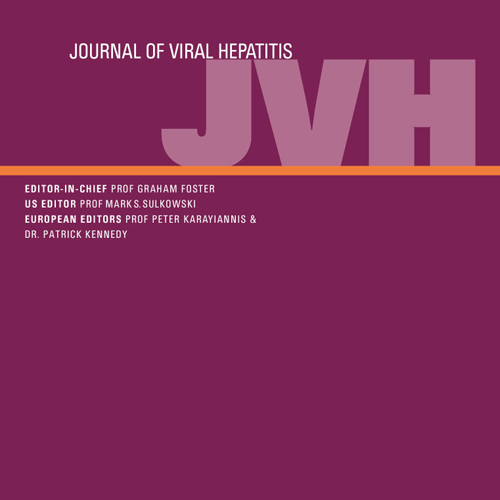Summary
Hepatitis C is caused by infection with the hepatitis C virus (HCV) and represents a major global health burden. Persistent HCV infection can lead to progressive liver disease with the development of liver cirrhosis and hepatocellular carcinoma, possibly accounting for up to 0.5 million deaths every year. Treatment of HCV infection is undergoing a profound and radical change. As new treatments are extremely safe and effective, there are virtually no medical reasons to withhold therapy. Yet, the new therapies are expensive. As resources are limited, solid data to estimate the disease burden caused by HCV are urgently needed. Epidemiology data and disease burden analyses for 16 countries are presented. For almost all countries, the peak of HCV-related cirrhosis, hepatocellular carcinoma and liver-related death is a decade or more away. However, a surprising heterogeneity in country-specific HCV-associated disease burden exists. Also HCV diagnosis and treatment uptake varied markedly between countries. A consistent finding was that a reduction of HCV liver-related mortality is dependent on access to therapy. Increasing efficacy of therapy alone with a constant numbers of treatments will not have a major impact on the HCV-related disease burden. The data presented here should inform public health policy and help drive advocacy for enhanced strategic investment and action. HCV kills patients, and the disease burden will continue to rise in most countries unless action is taken soon. Chronic HCV is a curable infection and a reversible liver disease. Fortunately, the tools to eliminate HCV are now available.

